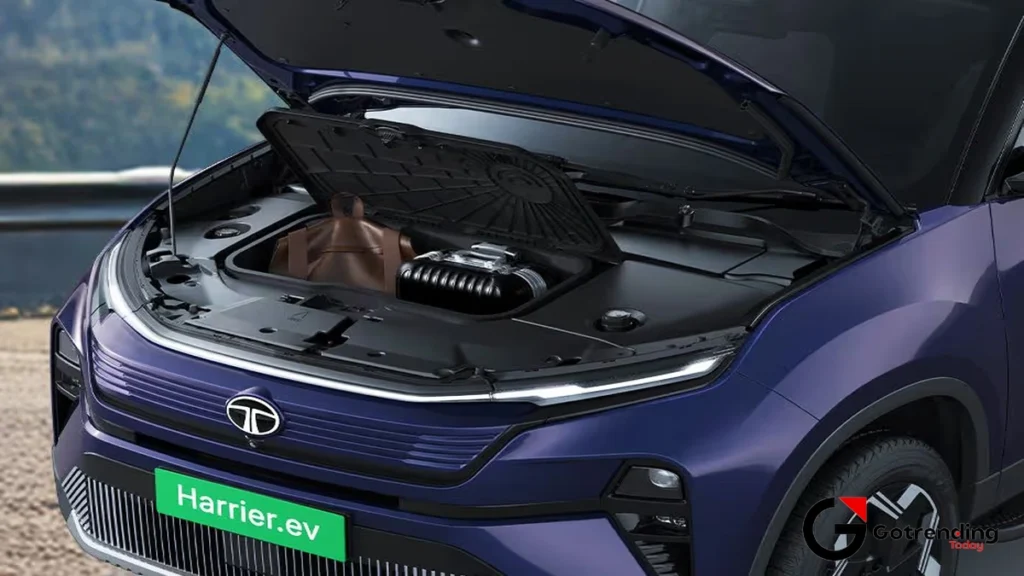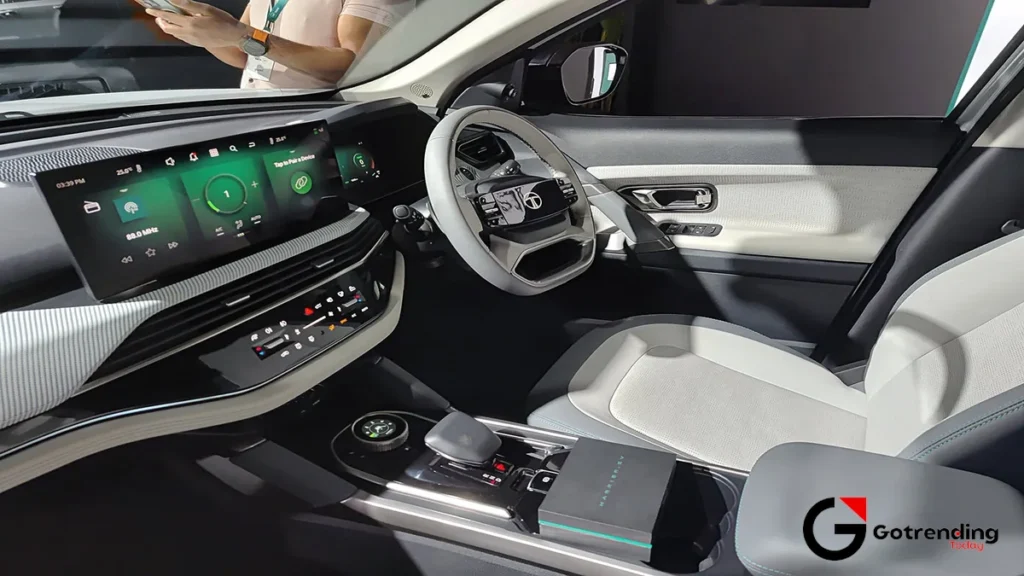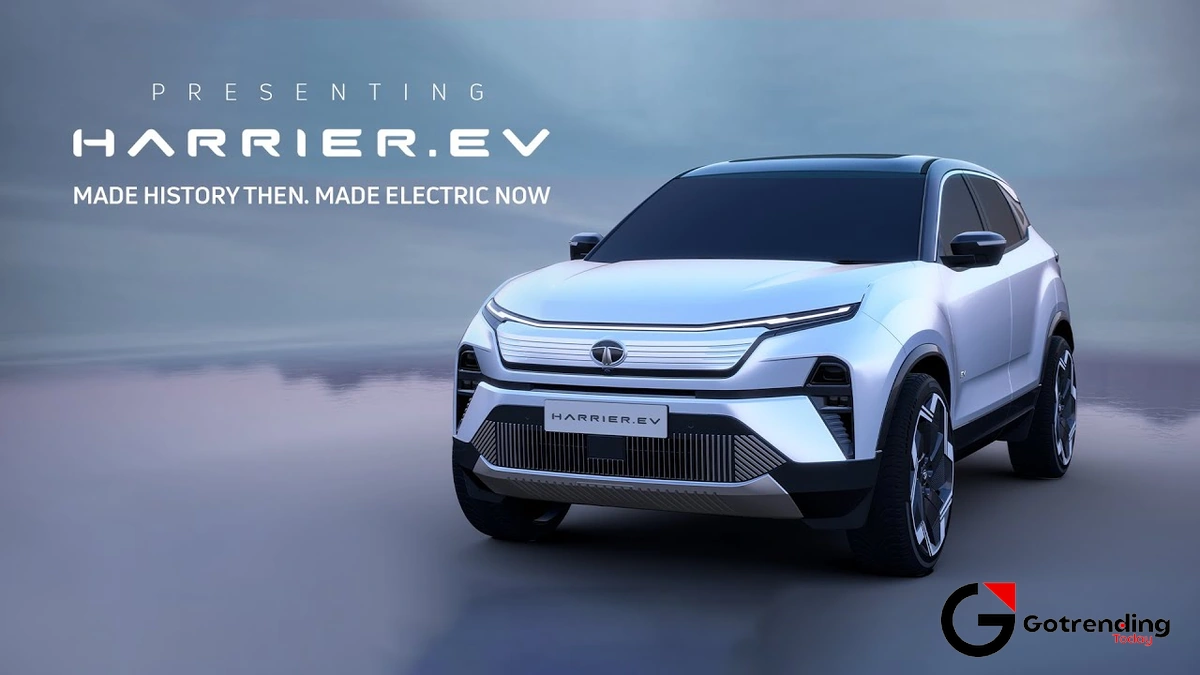Tata Harrier EV | The Electric Elephant in the Room We’ve All Been Waiting For
Okay, let’s just admit it. The Indian car scene has been holding its breath for one specific launch, and it isn’t another hatchback or a compact sedan. It’s the big one. The one that feels less like an update and more like a statement. I’m talking, of course, about the Tata Harrier EV.
For years, Tata Motors has been methodically, almost single-mindedly, building its electric empire, starting with the accessible Tigor and then absolutely smashing it out of the park with the Nexon EV, a car that practically became the default answer for anyone dipping their toes into the electric waters for the first time. It’s been a masterclass in market capture. But the Harrier… the Harrier is different. This isn’t about accessibility. This is about aspiration.
And that, right there, is the crux of it. The diesel Harrier, for all its presence and Land Rover-derived pedigree, always felt like it was missing a final piece of its puzzle. It had the looks, the space, the sheer road dominance. But in a world rapidly pivoting to electric, its powerful diesel engine, as good as it is, was starting to feel a bit… last-generation. The Tata Harrier EV isn’t just an answer to that; it feels like the vehicle the Harrier was always destined to become.
More Than Just a Battery Swap | The AWD Game-Changer

I initially thought this was just about plonking a motor and a battery pack into the Harrier’s existing OMEGA Arc platform. A simple, logical next step. But the more I dig, and the more we see from Tata’s showcases, the more it seems they’re playing a much longer, much smarter game. The biggest whisper, now practically a shout from the rooftops, is the inclusion of a dual-motor setup. Let me try to break this down, because it’s a bit of a game-changer.
This means we’re not just getting a front-wheel-drive electric SUV. We’re looking at a proper Tata Harrier EV AWD (All-Wheel Drive) system. Think about that for a second. One motor on the front axle, one on the rear. This isn’t just for bragging rights; it provides instantaneous torque vectoring, incredible grip, and the kind of performance that a front-wheel-drive-only setup simply can’t match. It transforms the Harrier from a handsome, comfortable urban SUV into a genuinely capable all-weather, multi-terrain machine. For a country with our diverse and often challenging road conditions, that’s a massive deal. This is the kind of tech that makes you sit up and pay attention, the kind that could even make potential Tesla India customers think twice.
And it’s all built on Tata’s new Acti.ev architecture. While the Punch.ev was the first to officially use this branding, the Harrier EV and its sibling, the Sierra EV, are expected to showcase its most advanced form. This architecture is more than a battery holder; it’s a sophisticated platform designed for optimal space, safety, and performance, including a flat floor and potentially even Vehicle-to-Load (V2L) capabilities. Imagine powering your camping equipment or even your home during a power cut… from your car. That’s the future we’re talking about.
The 30-Lakh Question

So, what’s the damage going to be? This is the question I get asked most often in my DMs and at coffee meets. While nothing is official, we have to engage in a bit of educated guesswork. The top-end Nexon EV LR already nudges the ₹20 lakh mark. The Harrier is a significantly larger, more premium, and technologically advanced vehicle. So, a starting point somewhere around ₹30-32 lakh for the Tata Harrier EV price in India seems like a reasonable, if slightly wince-inducing, expectation. The top-end AWD model could easily push towards ₹35 lakh or more.
But here’s the thing. It’s not just about the sticker price anymore. You’re not just buying a car; you’re buying into a different ecosystem. The running costs are a fraction of its diesel counterpart. The performance, especially that instant torque from the dual motors, will be in a completely different league. And it will be positioned squarely against the upcoming Mahindra XUV.e8 (the electric version of the XUV700), which is expected to play in the exact same price bracket. This is going to be the great Indian electric SUV showdown of 2025.
Real-World Worries | Range, Charging, and That Elephant

Let’s be real. No EV conversation is complete without talking about the elephant in the room: range anxiety. Tata will likely claim a Tata Harrier EV range of over 500-600 km on a full charge. And under perfect, certified test conditions, they might even be right. But we live in the real world. A world of traffic jams, blasting air conditioners, and unpredictable highway speeds.
I would realistically expect a real-world range of around 400-450 km from the long-range version. And honestly? That’s more than enough for 99% of use cases. It covers the weekly city commute several times over and handles most inter-city trips with maybe one planned charging stop. The charging infrastructure is still a work in progress, no doubt about it you only need to see the chaos during an Ola or Uber strike to understand how fragile our urban transport systems are but it’s growing faster than most people think. For anyone with a dedicated home charging setup, range becomes a secondary concern for daily driving.
What I keep coming back to is the sheer completeness of the package. The diesel Harrier was a great product. The Nexon EV was a revolutionary one. The Tata Harrier EV feels like the synthesis of both a great, desirable product that is also revolutionary for its segment. It’s Tata looking at the market, looking at its own strengths, and confidently placing its king on the chessboard. As recent auto expos have shown, the excitement is palpable and justified.
Frequently Asked Questions
So, when is the Tata Harrier EV actually coming out?
This is the million-dollar question! While Tata has showcased the concept multiple times, they’ve been tight-lipped on a specific date. The industry consensus points to a festive season launch in late 2024 or, more likely, an early 2025 debut. The Tata Harrier EV launch date in India is one of the most anticipated events in the auto calendar.
Will the AWD version be good enough for some light off-roading?
Absolutely. While it won’t be a hardcore rock-crawler, the instant torque and precise control of a dual-motor AWD system make it surprisingly capable. It should handle broken roads, slush, sand, and steep inclines far better than its 2WD counterparts. It’s perfect for those adventurous weekend getaways.
How different will it look from the new diesel/petrol Harrier?
The core design and commanding silhouette will remain the same, which is a good thing. Expect EV-specific tweaks: a closed-off, more aerodynamic grille, unique alloy wheel designs, blue accents, and of course, the ‘.ev’ badging. The interior will likely feature a larger infotainment screen and a cleaner, more minimalist centre console without a traditional gear lever.
Honestly, what do you think the real-world range will be?
Let’s cut through the marketing fluff. For the expected 60-65 kWh battery pack, a realistic, mixed-use (city + highway) real-world range would be in the ballpark of 400-450 km. If you drive very sedately, you might squeeze out more, but if you’re enjoying that AWD performance, expect it to be closer to 380-400 km. Still very, very usable.













